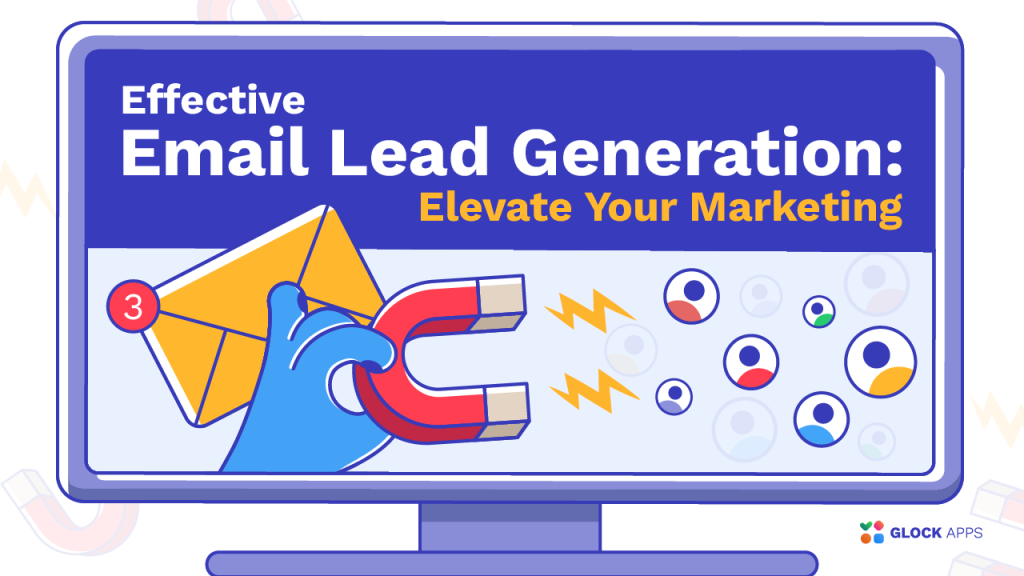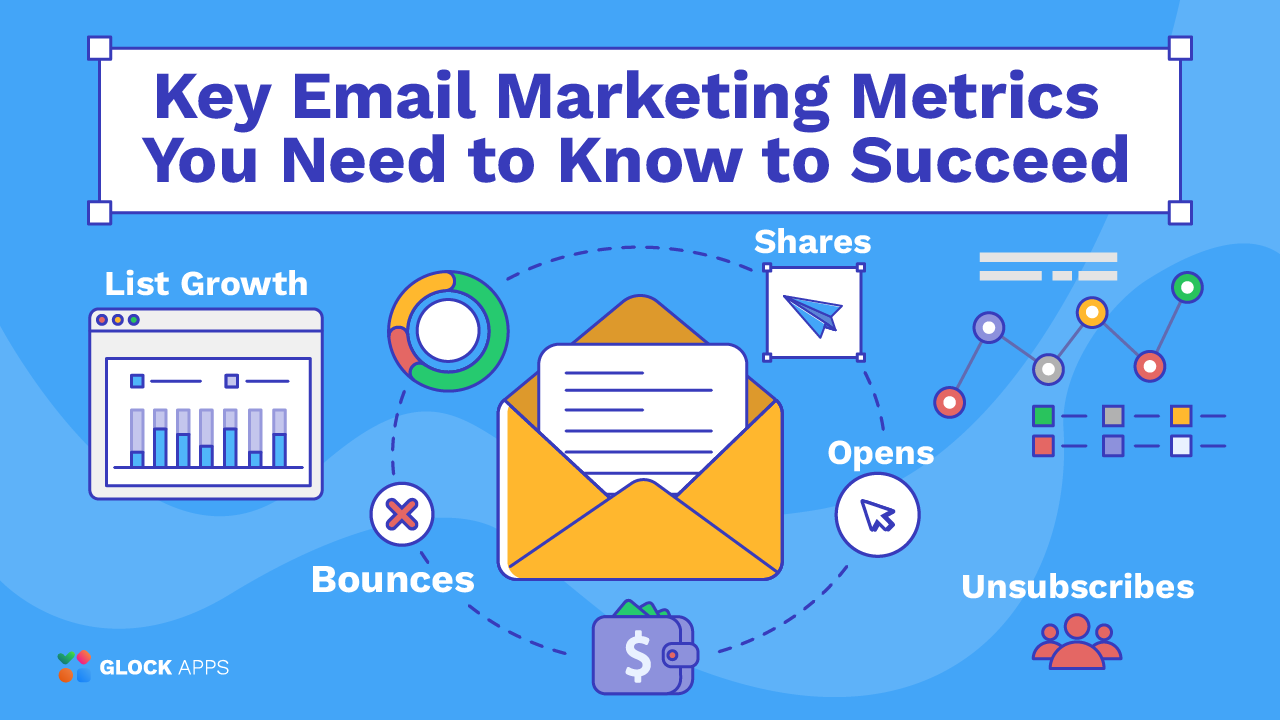Effective Email Lead Generation: Elevate Your Marketing

Estimated reading time: 6 minutes
Email lead generation has remained one of the important parts of digital marketing because it allows businesses to connect with potential customers directly. If you execute well-designed email campaigns, you’ll be able to generate leads, nurture them, and convert them into loyal customers. Let’s dive deeper into what “lead” is and the essential strategies for successful email lead generation.
What Are Leads and Lead Generation?
A lead is a person or organization that has expressed some level of interest in your products or services. Leads are potential customers who have provided their contact information, usually in exchange for something of value – a free trial, newsletter subscription, or a downloadable resource.
Lead generation involves attracting and converting strangers and prospects into potential customers. This involves using various marketing strategies and channels to capture the interest of potential customers and encourage them to provide their contact information. The goal is to build a pipeline of qualified leads that can be nurtured and eventually converted into paying customers.
Key Strategies for Email Marketing Lead Generation
1. Creating Engaging Content.
The success of basically any email campaign hinges on its content. To attract and engage leads, it is crucial to craft compelling and relevant content. This includes attention-grabbing subject lines, personalized greetings, and insightful information that addresses the recipient’s needs. Offer valuable solutions to establish your brand’s credibility.
2. Segmentation and Personalization.
Personalization is a huge booster of the effectiveness of email marketing for lead generation. The ability to segment your email list based on factors like demographics, purchase history, and preferences allows you to craft messages that are more relevant to particular groups – thereby making them more relatable to recipients and leading to higher engagement and conversion rates.
3. Offering Lead Magnets.
Lead magnets are valuable content (such as eBooks, whitepapers, webinars, and free trials) offered in exchange for contact information. By providing something of value, you prompt potential leads to share their contact details, which will help you grow your email list and identify interested prospects.
4. Building a Strong Landing Page.
Your email is only as effective as the landing page it directs to. Ensure that your landing page is well-designed, loads quickly, and aligns with the email content. It should have a clear headline, concise copy, and an easy-to-navigate layout. The CTA on your landing page should mirror the email’s CTA, so it guides users seamlessly through the whole process with your brand.
5. Incorporating Behavioral Triggers.
Behavioral triggers allow you to send emails based on certain actions that lead are taking on your site. If a lead downloads a whitepaper, for example, you can automatically follow up with an email offering similar resources or a consultation. By making your communication more relevant and timely, you increase the possibility of conversion.
6. Leveraging Social Proof.
Incorporating any form of testimonial, case study, or user-generated content into your email messages will boost credibility and, in most cases, lead conversion. Social proof serves to convince your leads that others found value in what you have to offer.
7. Utilizing The Sense of Urgency.
Creating a sense of urgency or scarcity can motivate leads to take action. For example, you can offer limited-time discounts, exclusive access to particular resources, or countdown timers in your emails. When leads feel they might miss out on a valuable opportunity, they are usually more likely to engage.
8. Ensuring Deliverability and Avoiding Spam Filters.
When it comes to email, deliverability is key. After all, what’s the point of having a great email campaign if it doesn’t arrive in the inbox? To keep your emails out of the spam folder, maintain a clean email list, use reputable email service providers, and avoid the common spam-trigger language. Keep an eye on your sender’s reputation and other email deliverability metrics to help you identify and address any issues. To ensure your emails reach their intended audience, use GlockApps to test deliverability and optimize your campaigns.
9. Aligning Email Content with Customer Journey Stages.
Tailor your email content according to different stages of the customer journey. Early-stage leads may benefit from educational content that addresses their needs and provides vital information about your products, while mid-stage leads might respond better to case studies or product demos. Late-stage leads, on the other hand, may need a direct incentive to make a purchase.
Practices for Effective Email Lead Generation
Maintain a Clean Email List: Regularly update your email list to remove inactive subscribers and avoid potential spam traps. A clean list ensures that your emails reach engaged recipients, which is incredibly important when it comes to successful deliverability rates.
Legal Regulations: Comply with email marketing laws, such as GDPR and CAN-SPAM, by including clear opt-out options and respecting subscribers’ preferences. This builds trust with your audience while also protecting your brand’s reputation.
Optimize for Mobile: With many users accessing emails on mobile devices, it may be beneficial to design mobile-friendly emails. This includes using responsive design, concise content, and easily clickable CTAs to provide a seamless mobile experience.
Utilize Analytics: Key metrics such as open rates, click-through rates, and conversion rates provide valuable insights into what works and what doesn’t, and track them to refine your strategies. To enhance your email performance further, use GlockApps to test deliverability and gain deeper insights into your campaign performance.
Conclusion
Email lead generation is a key component of digital marketing and a direct and effective way to connect with potential customers. By implementing these strategies and best practices, businesses can build and nurture leads, gain traction, and achieve goals. Whether you’re new to email marketing or want to take your efforts to the next level, focusing on value, personalization, and a seamless experience will set you on the path to success.
FAQ
A lead is a person or organization that has expressed interest in your products or services, typically by providing their contact details (such as an email address).
Lead generation is a marketing process that aims to attract prospects and convert them into leads. This is accomplished by using one or more marketing strategies in order to entice prospects to provide their contact information.
A lead magnet is a valuable resource you give away in exchange for a prospect’s contact information.
Segmentation is the process of dividing your email list into smaller groups based on particular criteria, like demographics, behavior, or purchase history. This allows for more personalized and relevant communication.



